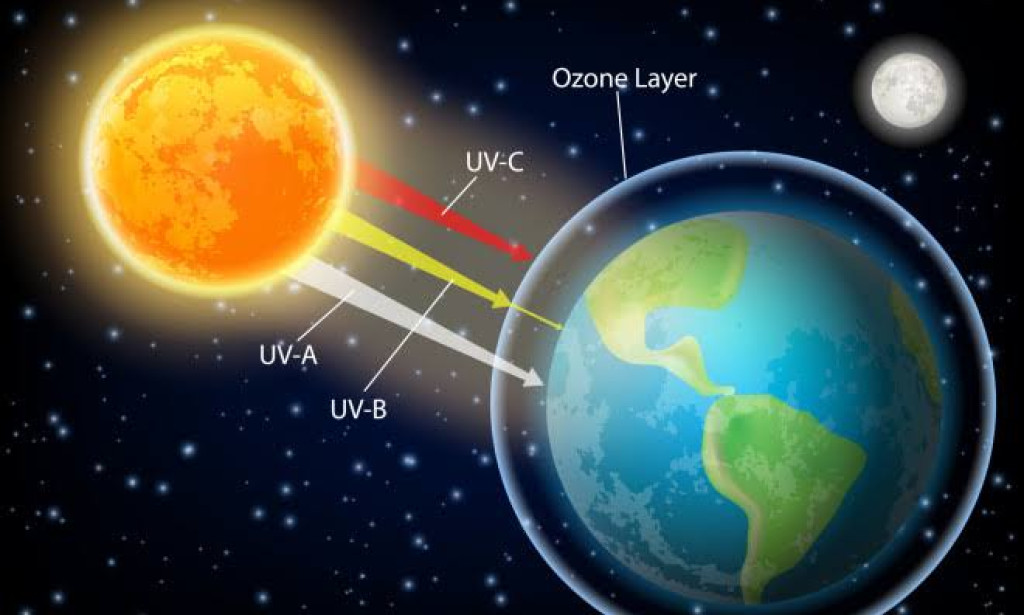The ozone layer is a thin layer of ozone gas in the Earth's stratosphere, located approximately 10 to 50 kilometers above the Earth's surface. It plays a critical role in protecting life on Earth by absorbing harmful ultraviolet (UV) radiation from the sun.
However, human activities have led to the depletion of the ozone layer, particularly through the emission of chlorofluorocarbons (CFCs) and other ozone-depleting substances (ODSs). When these substances are released into the atmosphere, they can react with ozone and break it down, resulting in the formation of the ozone hole.
The depletion of the ozone layer can have significant effects on the environment and human health. Exposure to increased levels of UV radiation can increase the risk of skin cancer, cataracts, and other health problems. It can also harm crops and other plant life, and affect the entire food chain.
To address this issue, the international community developed the Montreal Protocol in 1987, which called for the phasing out of ODSs. The agreement has been successful in reducing the use of these harmful substances and allowing the ozone layer to recover. However, continued efforts are needed to protect and preserve this critical layer of our atmosphere.


You must be logged in to post a comment.